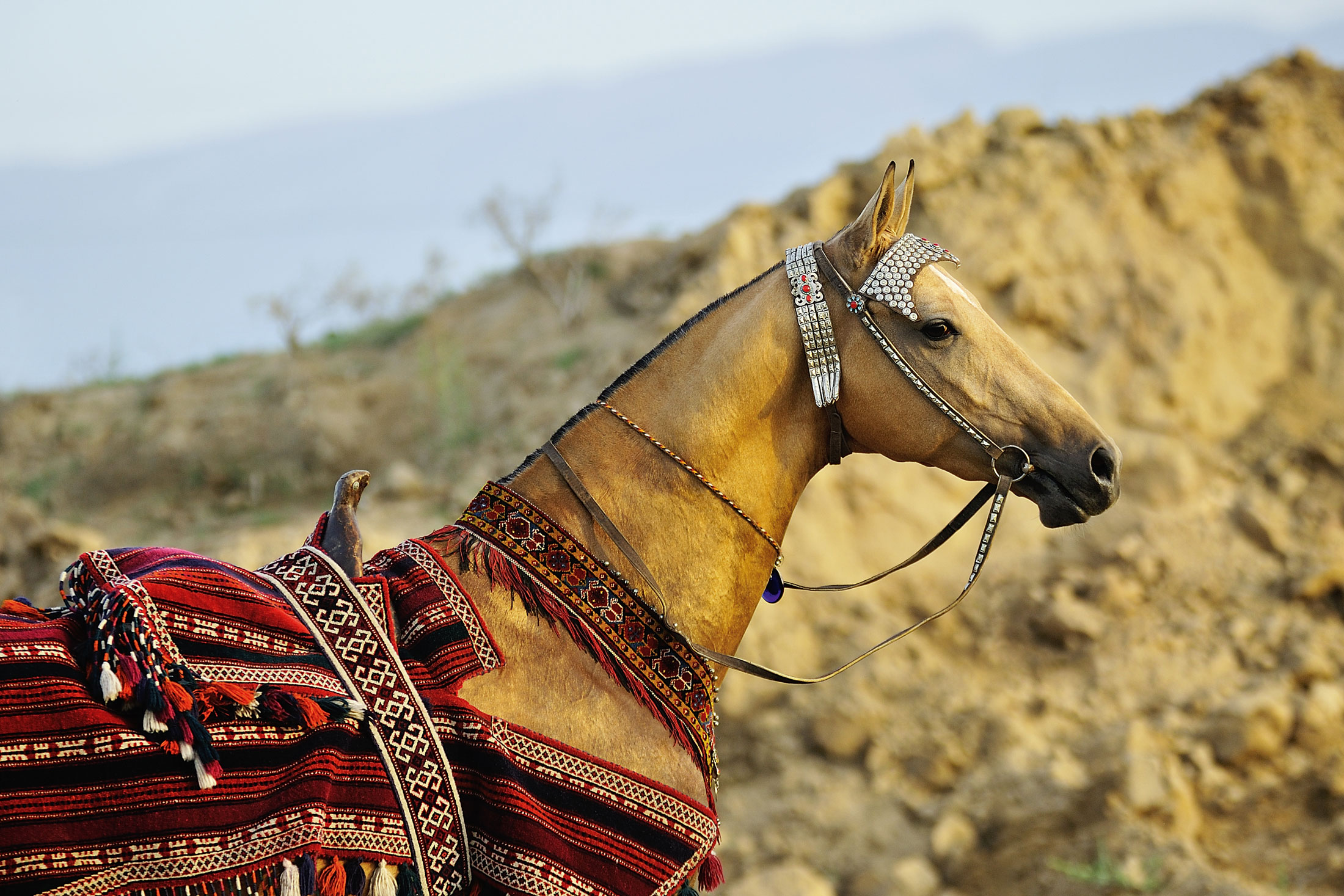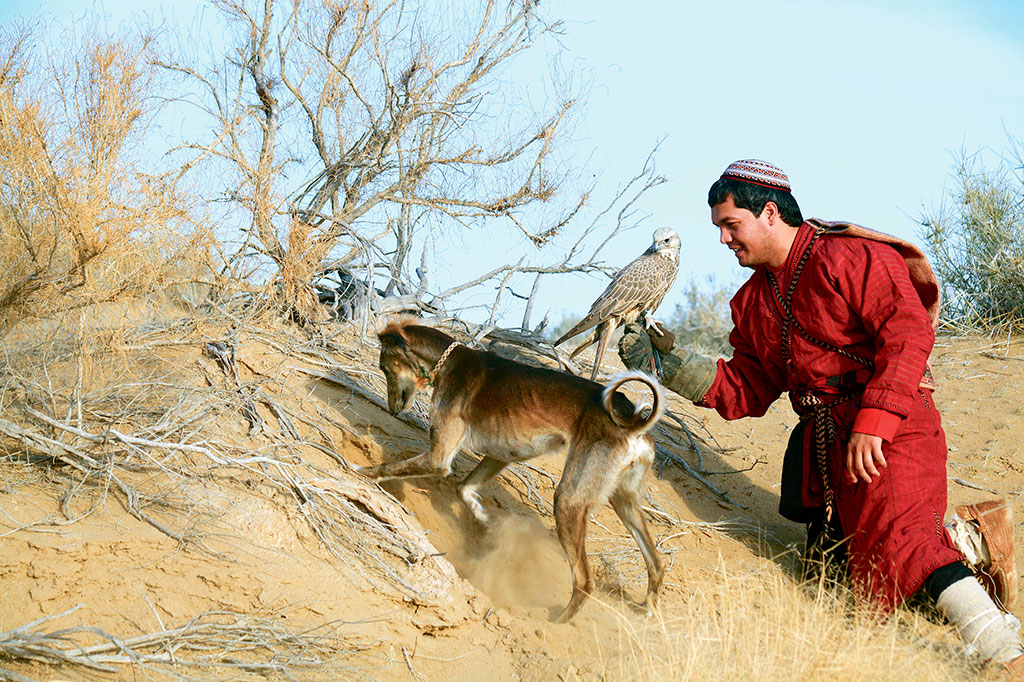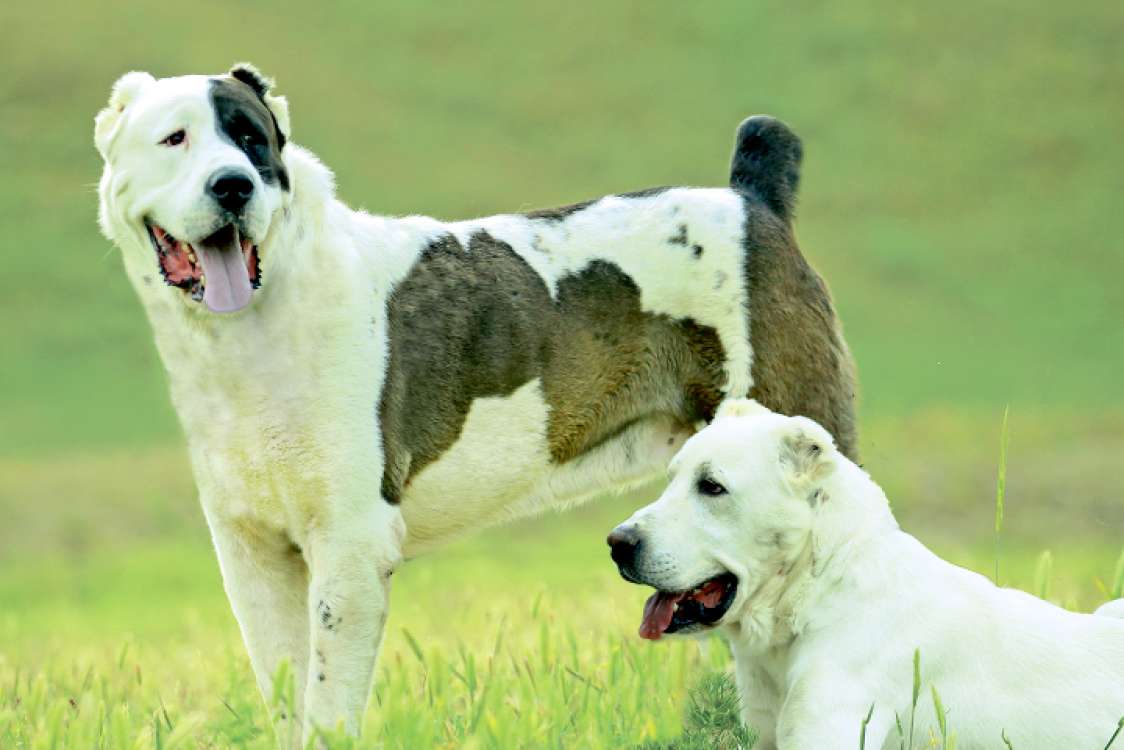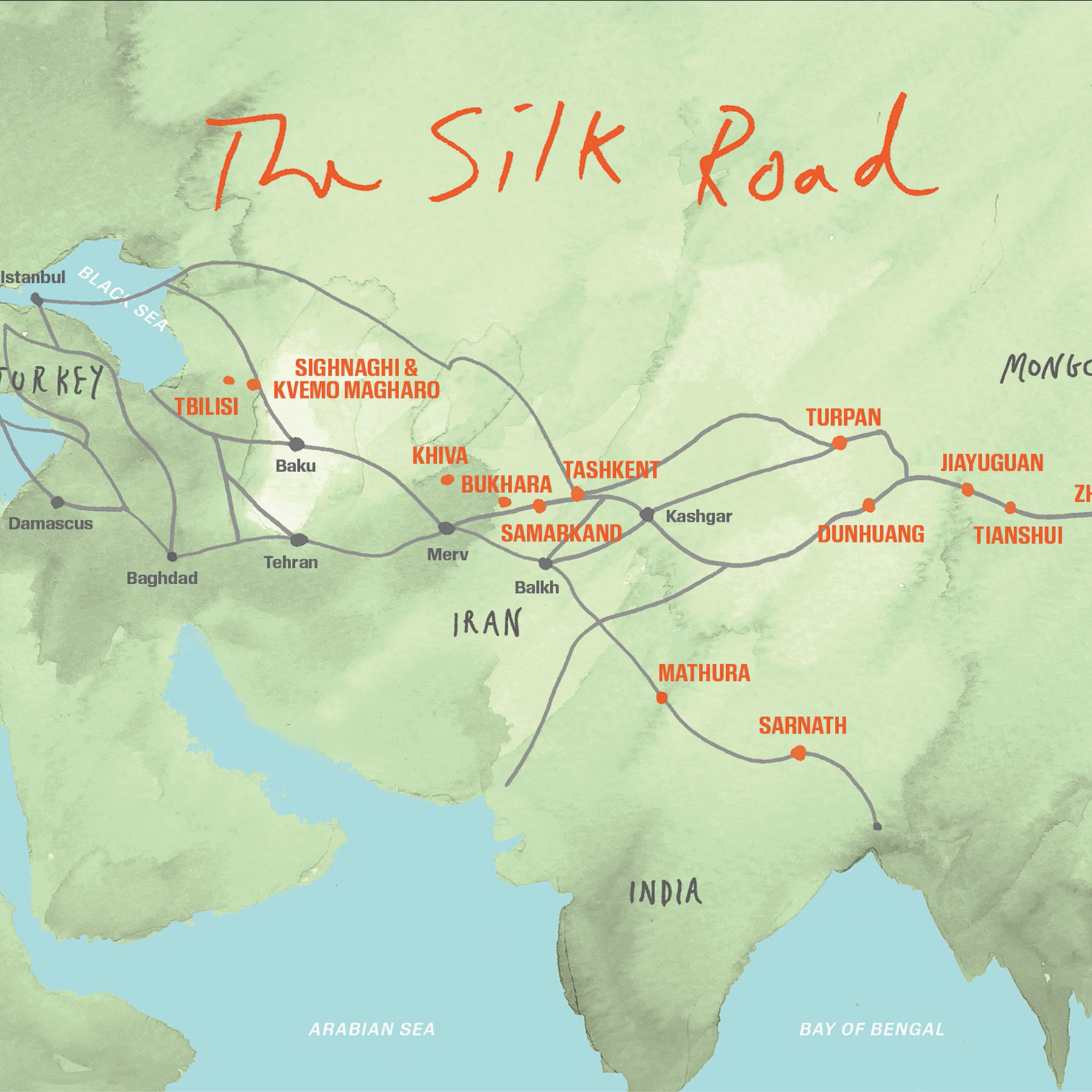Announcements

Popular cycling tour in Turkmenistan!
Join us for an unforgettable cycling adventure through the picturesque landscapes of Turkmenistan!
Tour Highlights:
• Explore scenic routes showcasing the stunning natural beauty of the country
• Visit historical sites and UNESCO World Heritage sites
• Experience local culture and hospitality
• Suitable for all skill levels
This cycling tour is a great way to discover the wonders of Turkmenistan while enjoying the thrill of biking. Contact us for more details and to book your spot!

Historical Hiking Tour in Turkmenistan!
Immerse yourself in an incredible journey along the ancient routes of Turkmenistan, where every step is a step into history!
What to expect:
• Visits to UNESCO historical sites, including Nisa and Kunya-Urgench
• Exploration of ancient cities with rich heritage, such as Mary and Turkmenabad
• Unique encounters with local residents and insights into their cultural traditions
• Scenic walks through picturesque landscapes and mountain trails
Discover the secrets of the past and enjoy the beauty of Turkmenistan in our historical hiking tour! Contact us for more details and bookings.

Akhal-Teke horses
We organize a unique horseback tour on Akhal-Teke horses, renowned for their beauty and endurance, through the picturesque landscapes of Turkmenistan. Immerse yourself in the atmosphere of ancient caravans, traveling across deserts, mountains, and oases on horseback. This adventure allows you to experience Turkmenistan from a whole new perspective: breathtaking natural scenery, historical landmarks, and an introduction to nomadic culture. Suitable for all skill levels, this tour combines active recreation with a deep dive into the traditions of the country.

Hunting with a falcon and tazy
In Turkmenistan, hunting with a falcon and tazy is an ancient tradition that reflects a deep connection with nature. The falcon (usually a saker) strikes prey from the air, while the tazy, a fast sighthound, chases it down on the ground. Their coordinated work requires great skill from the hunter and is considered an important part of the country’s cultural heritage. This spirit of tradition is also reflected in architecture, such as the design of Ashgabat Airport, shaped like a falcon. The modern building symbolizes the unity of ancient culture and contemporary technologies, representing the national pride and cultural symbols of Turkmenistan.

The Alabai is more than just a dog; it’s a true pride and symbol of Turkmenistan
These large, strong, and independent dogs have been used for centuries to guard livestock and homes. Alabais possess a natural protective instinct and incredible loyalty to their owners, making them indispensable companions both at home and in the fields.
With children, Alabais show remarkable patience and a protective instinct. Despite their impressive size, these dogs are gentle and careful around kids, often becoming loyal friends and even “nannies,” always watching over and caring for them.
Alabais treat livestock with a sense of respect, viewing them as part of their “pack.” From a young age, they adapt to guarding herds, protecting them from predators and potential dangers. This makes the Alabai invaluable to nomads and herders who rely on the dog’s instincts and strength.
In everyday life, the Alabai is calm and balanced. They like to observe everything around them, taking on the role of the home’s protector and keeping a watchful eye. Owners value them not only for their guarding abilities but also for their loyalty, which is evident in every aspect of this remarkable breed’s character.

The Silk Road
The Silk Road, an ancient trade route, played a crucial role in the development of Central Asia and passed through what is now Turkmenistan, especially flourishing between the 2nd century BCE and the 14th century CE. Turkmenistan’s territory was a strategic link connecting East and West.
Key trading cities and caravanserais were located here, where merchants would rest, exchange goods, and replenish supplies. One of the major centers was the ancient city of Merv, located near modern-day Mary. In its prime, Merv was one of the largest cities in the world and a significant cultural and trade hub. Here, caravans exchanged goods from China, India, Persia, and the Roman Empire, including silk, spices, carpets, porcelain, and precious stones.
Another important point on this route was the city of Nisa, the capital of the Parthian Empire, which thrived from around the 3rd century BCE to the 3rd century CE. Nisa played a significant role in cultural exchange and was renowned for its rich heritage.
The Silk Road through Turkmenistan not only promoted trade but also fostered cultural and scientific exchange. This route allowed the spread of ideas, knowledge, religions, and technologies, profoundly influencing the region’s development and history.